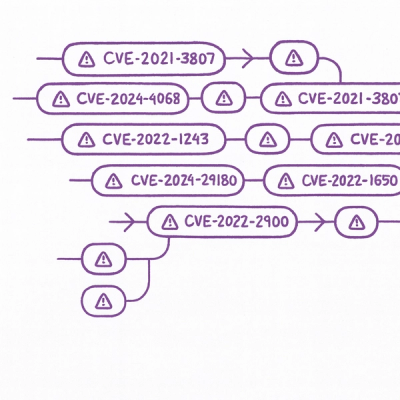
Security News
Astral Launches pyx: A Python-Native Package Registry
Astral unveils pyx, a Python-native package registry in beta, designed to speed installs, enhance security, and integrate deeply with uv.
Aviary generates a static photo gallery using Twitter.
Twitter is a fantastic resource for discovering photos of events as they unfold. Searching using your preferred client means you have to do the filtering. Commentary and relinking drown new and interesting photos. In the days the water rose during the 2011 Brisbane floods I wished there was a way to see all the photos without the noise. Now there is.
See the wiki for a listing of galleries.
Install Aviary at the command prompt if you haven't yet
gem install aviary
At the command prompt, create a new Aviary template
aviary new bird
Change directory and for search tweets tagged with bird that have photos
cd bird/
aviary search bird
Build the static photo gallery
aviary build
Preview
cd _site/
gem install asdf
asdf .
open http://localhost:9292/index.htm
If you're interested in extending Aviary, you can get all the gem dependancies using Bundler.
gem install bundler
bundle install
When you create a new aviary you'll notice _assets/ and template.erb are automatically generated for you. Aviary uses these files and directories to generate the static photo gallery.
Linking back to Aviary is not required, although it is appreciated.
Pages are plain ERB templates. You get access to the photos and pagination for the current page. You can control the number of photos per page by using aviary build --per-page=NUM.
image_hosts is a collection of photos for the current page.
<% image_hosts.each do |image_host| %>
<a href="<%= image_host.href %>"><img src="<%= image_host.src %>"></a>
<p><%= image_host.status.from_user %> said <%= h image_host.status.text %></p>
<% end >
paginator is for finding where you are.
<% if paginator.prev_page? %>
<a href="/page<%= paginator.prev_page %>/">Previous</a>
<% end %>
<% if paginator.next_page? %>
<a href="/page<%= paginator.next_page %>/">Next</a>
<% end %>
h escapes content which may be unsafe, such as a user's status text.
<%= h "<script>" %>
...becomes
<script>
Anything inside the _assets directory is recursively copied into the root of the destination directory.
Examples:
~/bird/_assets/aviary.css -> ~/bird/_site/aviary.css
~/bird/_assets/images/status.png -> ~/bird/_site/images/status.png
Be careful not to name any of your assets with the following names:
Aviary is defined as "A large cage for keeping birds in". Replace cage with "photo gallery" and birds with "tweets".
Copyright © 2010 Tate Johnson. Aviary is released under the MIT license. See LICENSE for details.
FAQs
Unknown package
We found that aviary demonstrated a not healthy version release cadence and project activity because the last version was released a year ago. It has 1 open source maintainer collaborating on the project.
Did you know?

Socket for GitHub automatically highlights issues in each pull request and monitors the health of all your open source dependencies. Discover the contents of your packages and block harmful activity before you install or update your dependencies.

Security News
Astral unveils pyx, a Python-native package registry in beta, designed to speed installs, enhance security, and integrate deeply with uv.

Security News
The Latio podcast explores how static and runtime reachability help teams prioritize exploitable vulnerabilities and streamline AppSec workflows.

Security News
The latest Opengrep releases add Apex scanning, precision rule tuning, and performance gains for open source static code analysis.